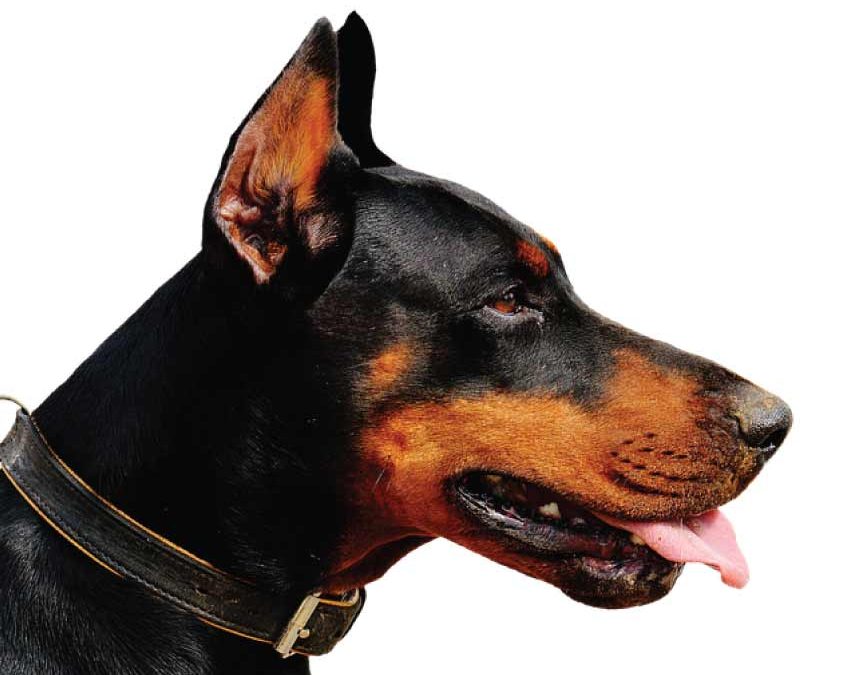
My cat is Scared of Something I can’t see
My cat is Scared of Something I can’t see
Why is a cat being scared of something invisible?
My cat is Scared of Something I can’t see. Like many animals, cats have highly developed senses that can perceive things that humans might not be able to detect. There are a few reasons why a cat might appear scared of something seemingly invisible:
Heightened Sensory Perception: Cats have superior hearing, smell, and vision senses to humans. They might detect subtle sounds, scents, or movements beyond human perception. Even though you can’t see or hear what’s scaring the cat, it might be picking up on something tangible to its senses.
Imagination and Play: Cats have active imaginations and often engage in playful behavior that can seem odd or irrational to us. They might chase after imaginary prey, pounce on “invisible” things, or even react to their reflections. These behaviors are instinctual and can contribute to their seemingly irrational fears.
Ultraviolet Light Perception: Cats can see ultraviolet (UV) light beyond the range of human vision. This ability allows them to see patterns and traces that are invisible to us. They might react to these UV patterns or movements we cannot perceive.
Electromagnetic Sensitivity: Some research suggests that cats might be sensitive to changes in electromagnetic fields. If there’s a disturbance or fluctuation in the environment’s electromagnetic field, a cat might react to it even if we can’t detect it.
Medical or Behavioral Factors: In some cases, what might appear to be a cat reacting to something invisible could be related to a medical or behavioral problem. For instance, certain medical conditions can cause a cat to exhibit unusual behavior, and anxiety or stress can make it more reactive to its surroundings.
Environmental Changes: Cats are creatures of habit, and sudden environmental changes can make them uneasy or scared. The surroundings may change, even if it’s not immediately apparent to you, causing the cat’s fearful behavior.
Suppose your cat is consistently displaying fearful behavior towards something seemingly invisible. In that case, it might be a good idea to observe its behavior closely and consult with a veterinarian if you’re concerned.
They can help rule out any underlying medical issues and provide guidance on addressing the behavior if needed.
Understanding a cat’s senses and instincts
Understanding a cat’s senses and instincts can help you better comprehend its behavior and interact with it in a way that respects its natural tendencies.
Here’s an overview of a cat’s senses and instincts:
Vision: Cats have excellent night vision due to many rod cells in their retinas. They can see well in low light conditions and have a reflective layer behind their retinas called the tapetum lucidum, which enhances their ability to see in dim light. Cats also have a more comprehensive peripheral vision range than humans, which helps them detect movement.
Hearing: Cats have exceptional hearing and can detect high-frequency sounds that are inaudible to humans. Their ears can rotate 180 degrees, allowing them to locate the source of sounds accurately. Cats use acute hearing to detect prey, predators, and even subtle movements.
Smell: A cat’s sense of smell is highly developed and crucial for survival. They have a specialized olfactory system that helps them detect scents, including pheromones released by other animals. Cats use their sense of smell for communication, finding food, and identifying their territory.
Taste: Cats have fewer taste buds than humans and are more sensitive to certain flavors, particularly those associated with proteins. This preference is rooted in their predatory nature.
Touch: Cats have sensitive whiskers, especially on their faces, which help them navigate in the dark and gauge the size of openings. They also have sensitive pads on their paws that help them explore textures and surfaces.
Instincts:
Cats possess a range of instincts inherited from their wild ancestors:
Hunting: Cats are natural predators and have a strong hunting instinct. They may exhibit stalking, pouncing, and playing behaviors that mimic hunting even when well-fed.
Scratching: Scratching is a natural behavior that helps cats mark their territory, sharpen their claws, and stretch their muscles.
Grooming: Cats are meticulous groomers, which helps them keep clean, regulate body temperature, and maintain their scent for communication.
Territorial Behavior: Cats are territorial animals. They mark their territory through scent marking and may exhibit territorial aggression toward other cats invading their space.
Social Structure: Cats have both solitary and social tendencies. While they are more solitary than dogs, they can form social bonds with other cats or even humans, especially when introduced at a young age.
Play: Play is essential for kittens’ development and helps them hone their hunting skills. Adult cats also engage in play, which can help reduce stress and boredom.
Understanding these senses and instincts can guide you in creating an enriching environment for your cat and fostering a positive relationship. Providing outlets for natural behaviors, such as interactive toys, scratching posts, and opportunities for exploration, can contribute to your cat’s well-being.
Possible reasons for a cat’s fear of something invisible
A cat’s fear of something seemingly invisible could stem from various factors, some of which are rooted in their heightened senses and instincts. Here are possible reasons for a cat’s fear of something invisible:
Sensory Perception: Cats have exceptional senses, including hearing, vision, and smell. They might detect subtle sounds, vibrations, or scents beyond human perception. What appears invisible could be a real sensory stimulus for the cat, causing fear or apprehension.
Ultraviolet Detection: Cats can see in ultraviolet light, which is beyond human capabilities. They might perceive invisible patterns, markings, or invisible movements. If these UV patterns trigger a fear response, it might appear as if the cat is afraid of something invisible.
Electromagnetic Sensitivity: Some animals, including cats, are believed to be sensitive to changes in electromagnetic fields. A cat might react to a disturbance in the electromagnetic environment even if we can’t perceive the cause.
Imagination and Play: Cats have active imaginations and engage in playful behavior that might seem irrational to humans. They might chase after imaginary prey, react to their shadows, or playfully interact with “invisible” things, contributing to their appearance of fear.
Environmental Changes: Cats are creatures of habit, and sudden environmental changes can trigger fear or anxiety. Even if you can’t identify a visible cause, subtle changes in the surroundings might unsettle the cat.
Medical or Behavioral Issues: It’s important to rule out any medical issues causing the fear. Pain, discomfort, or neurological problems might lead to unusual behaviors. Additionally, anxiety or stress can make a cat more reactive to its environment, even if the cause isn’t immediately apparent.
Past Trauma: Cats can develop fears based on past negative experiences. If a cat had a frightening encounter with a specific stimulus, it might react fearfully whenever it encounters something that even remotely resembles that experience.
Perceived Threats: Cats have a strong survival instinct. They might sense potential dangers beyond human perception, such as the presence of other animals, insects, or even changes in air currents.
Human Behavior: Sometimes, a cat’s fear might be a response to subtle cues from their human companions. Cats are skilled at catching human body language, vocal tones, and other signals. If you’re reacting to something without realizing it, your cat might mirror your anxiety.
It’s essential to observe your cat’s behavior closely and consider any changes in its environment, routine, or health contributing to its fear. If the fear persists or intensifies, it’s recommended to consult a veterinarian or a professional animal behaviorist to help identify the underlying cause and provide appropriate guidance.





[…] Which foreign pets are legal in Washington State? […]